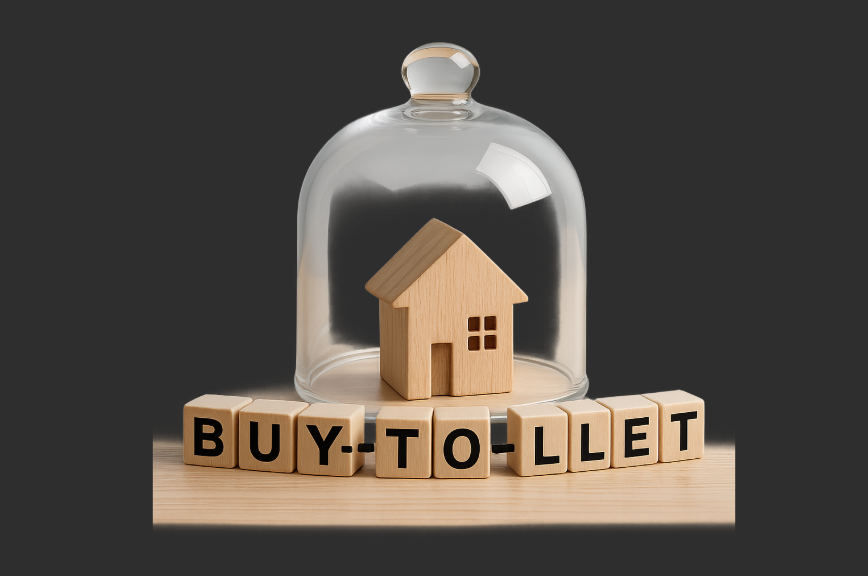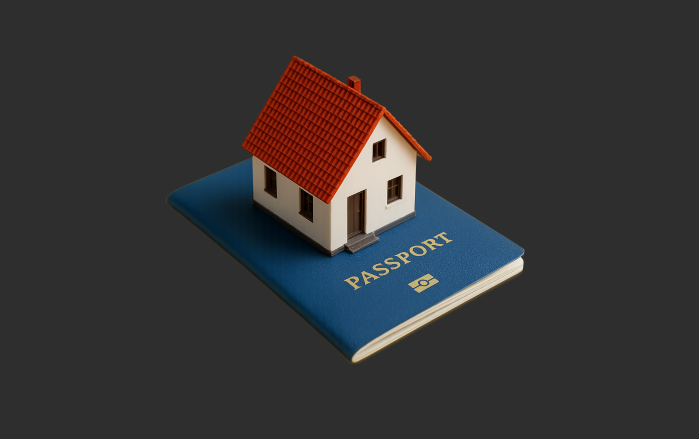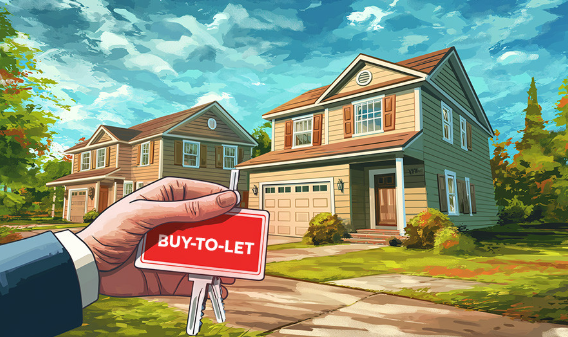
Best Buy-to-Let Mortgage Rates in Ireland: Who Can Get One and What to Expect
Buy-to-let mortgages in Ireland empower investors to enter the property market and generate rental income. Typically requiring a 25-30% deposit, these loans are available to







